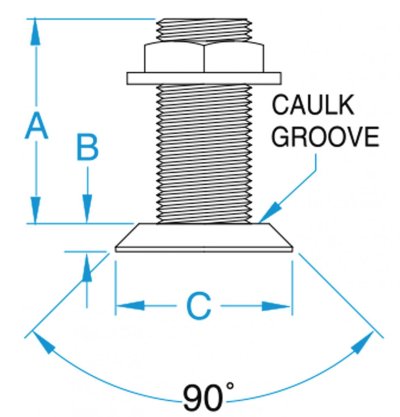Mac2
Senior Member
I'm planning on drilling two holes in the side of my boat (not thrilled about it!) for two high capacity bilge pump outlets. Either 1 1/2 or 2 inch thru hulls. Due to a thick rub rail and equipment on the inside, the holes can be drilled a couple inches above the waterline, or two feet above the waterline. My first inclination is to go higher for if the boat starts taking on water and the thru hull becomes submerged. I can create an anti siphon loop above the water line if I go with the lower hole, but I'm concerned this could limit the bilge pumps capabilities. Suggestions?

